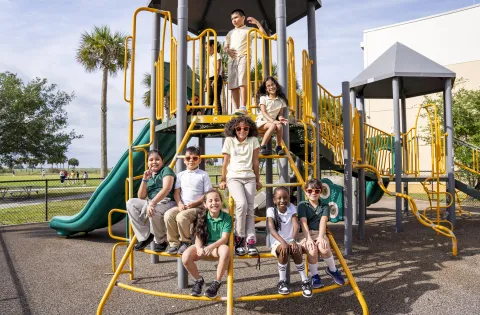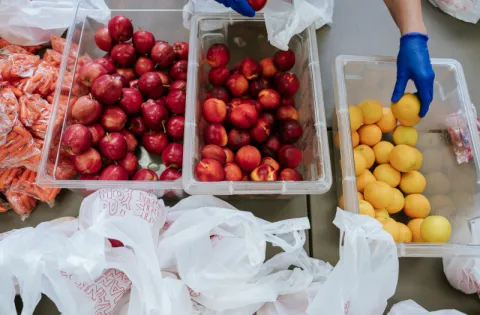While online grocery shopping has become more popular over the years, the convenience of delivery and pickup services isn’t always a reality for people who need them most: those who live in areas that lack fresh food retailers or in remote communities.
That’s why No Kid Hungry, with support from the Walmart Foundation*, is learning how online grocery shopping can be leveraged to close the food insecurity gap for families in low-income, low-access (LILA) communities.
To better understand how online ordering can be improved, No Kid Hungry conducted interviews with a small sample size of LILA community members in South Dallas, Texas to identify and examine a range of preferences and behaviors related to online shopping.
The survey results not only revealed what people in LILA communities think about online grocery shopping and the challenges they encounter when using these services, but the research findings also showed opportunities for expanding online ordering in LILA communities in ways that can reduce those challenges.
Read the full report here.

Positive Benefits
South Dallas residents who regularly use online shopping reported they enjoy the predictability, the benefit of saving time and having more control over their schedules, as well as the cost savings associated with buying items that are necessary.
While many parents, particularly single parent households, have not converted to online grocery shopping, those who have appreciated the convenience while juggling raising kids and work.
"...I have three children and a little baby, so trying to go in the store with those kids...I could just come after work, come grab my groceries and go back home."
Barriers to Online Shopping
For residents who don’t regularly use online shopping, and even for some who do, in-store shopping is often the default because online delivery isn’t an option.
According to the survey results, those who reported incomes below $20,000 were most likely to never use food delivery services. Of the 79% of those with incomes between $20,000 and $40,000, 64% reported that they rarely use it.
For low-income families on extremely tight budgets and those who use SNAP EBT where funds are immediately withdrawn from their balances, waiting for an item to be refunded can be a significant hurdle. Other financial cost burdens like variable delivery fees based on location, make the convenience of online grocery shopping less equitable.
Additional barriers reported included discomfort with technology. For example, older respondents were significantly less likely to use delivery services, with 71% reporting they had never used delivery, and only 7% reporting frequent usage.
Opportunities for Greater Online Participation
The initial findings from the report indicate there are many things grocers, product developers, and non-profit food access practitioners should consider to improve grocery convenience, quality, and cost for residents in LILA communities. This includes:
- Exploring how to personalize the online shopping experience
- Improving transparency about fees and refunds
- Removing barriers related to larger fees associated with delivery costs based on location
- Helping and training aging residents and those with disabilities to better navigate grocery ordering technology
- Engaging with community-based partners to find and test find approaches that work for different types of communities in diverse settings
Ways You Can Help
Speak up for kids: 1 in 5 kids in the United States is affected by hunger. Tell your lawmaker to protect SNAP and other federal nutrition programs that feed kids.
*This research was made possible through funding by the Walmart Foundation. The findings, conclusions and recommendations presented in this report are those of Share Our Strength alone, and do not necessarily reflect the opinions of the Walmart Foundation.


